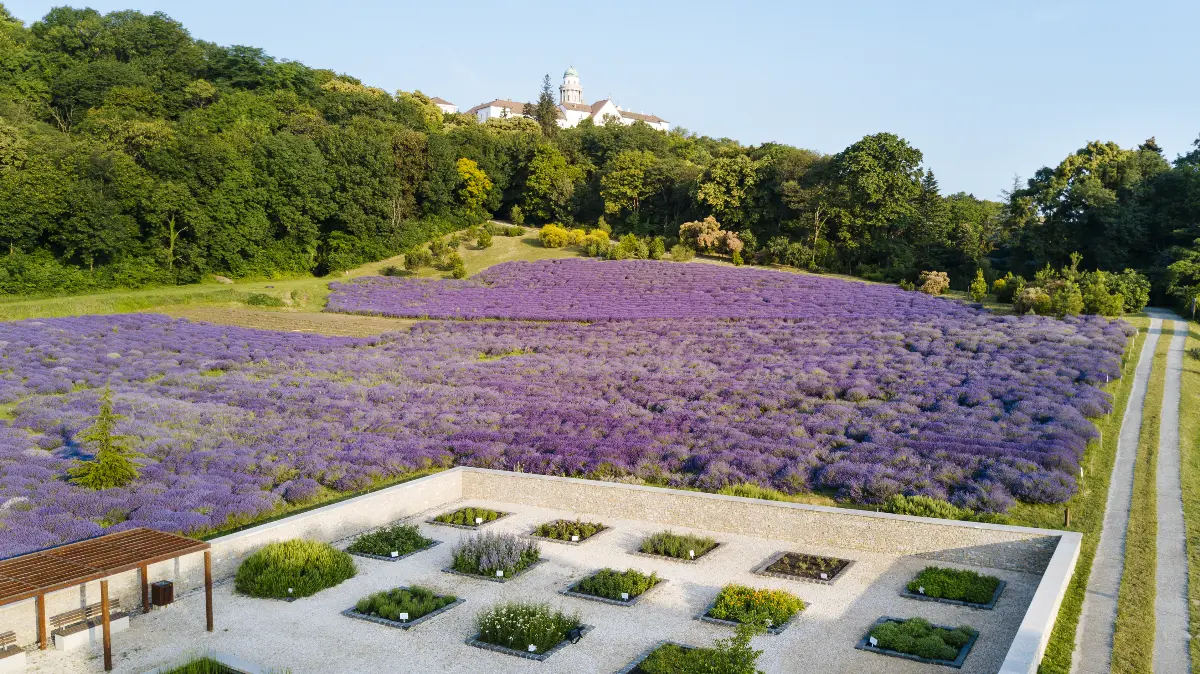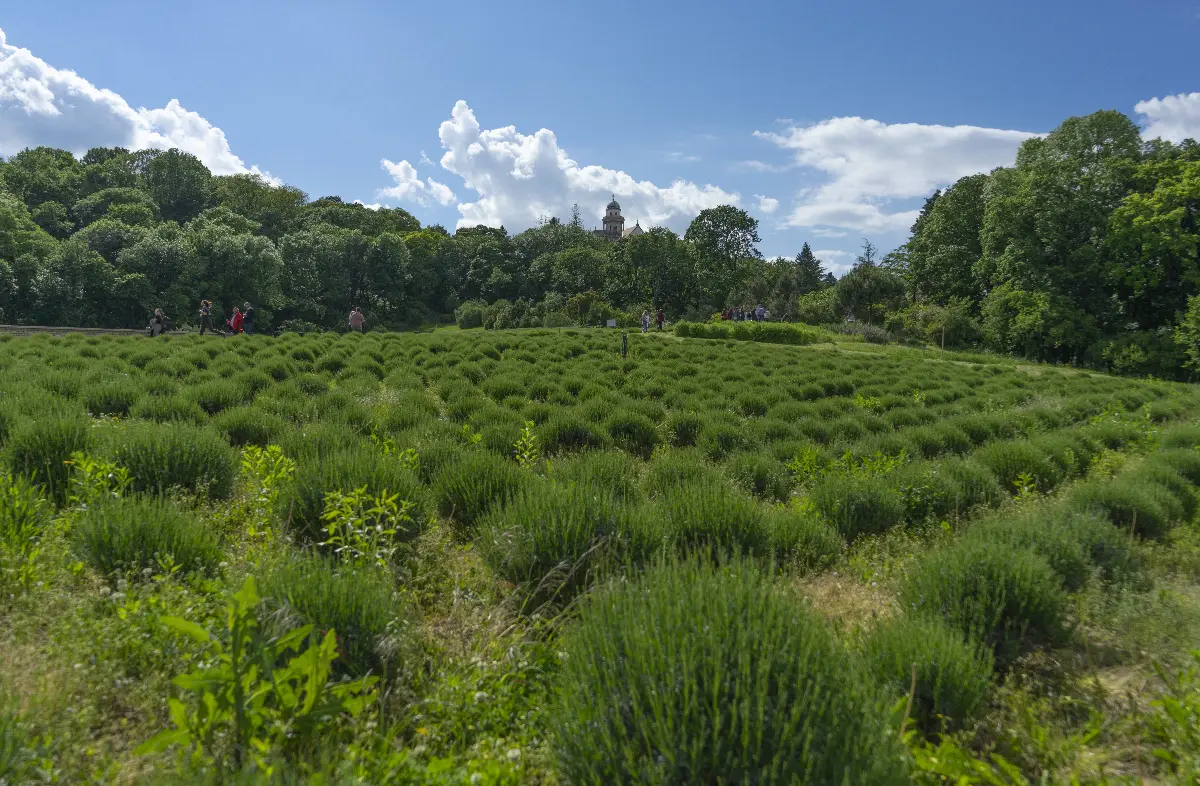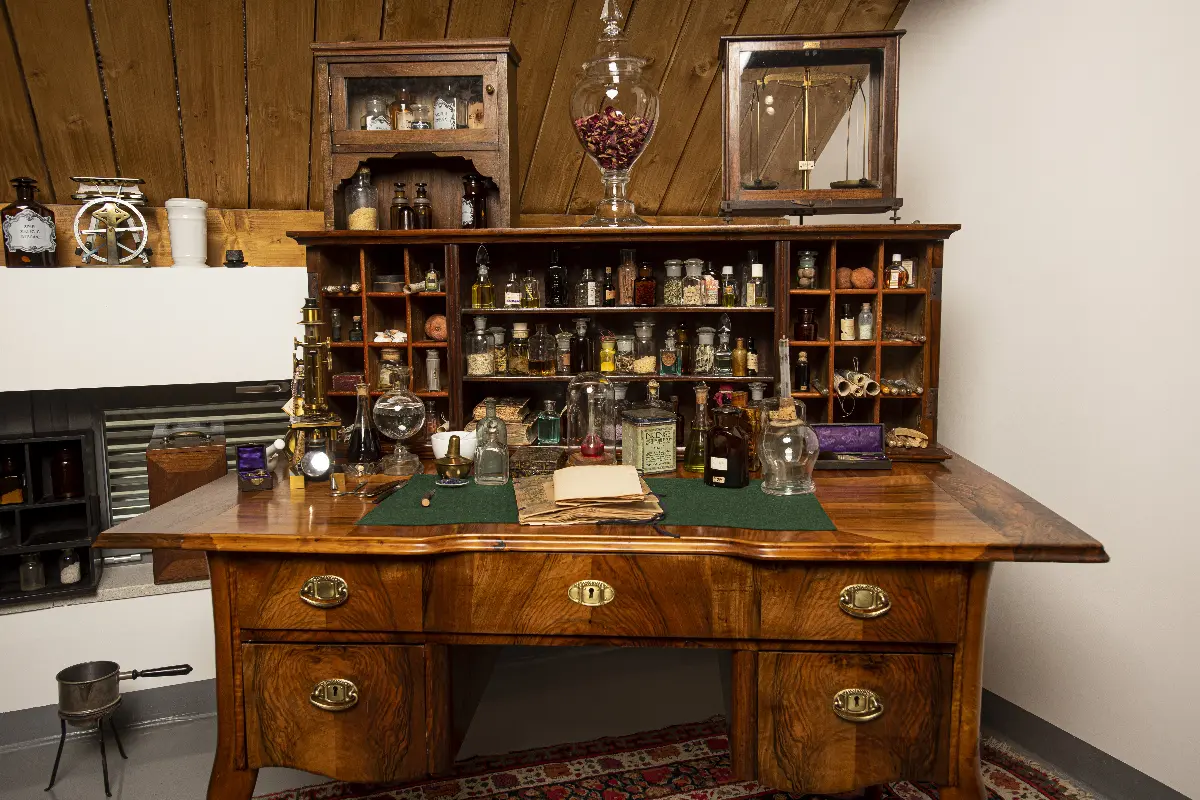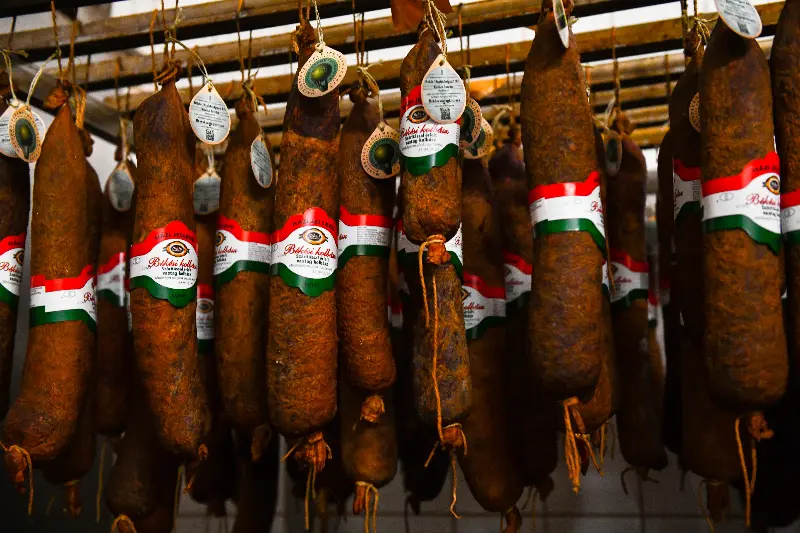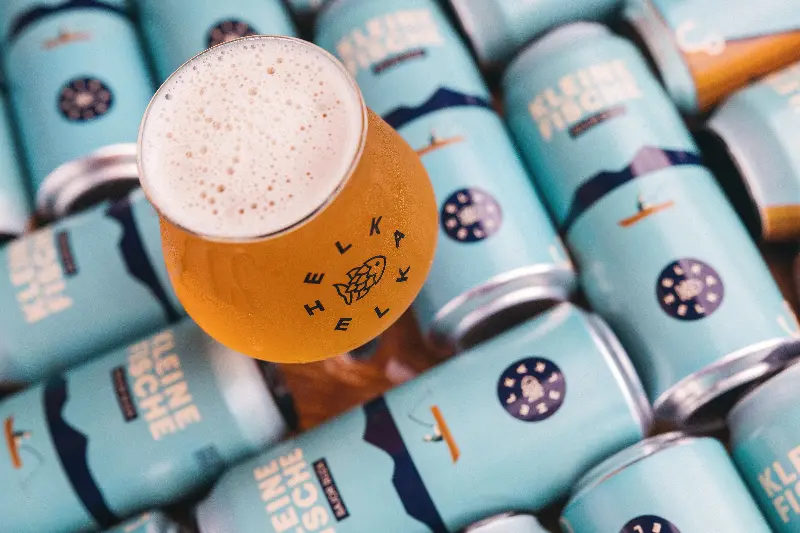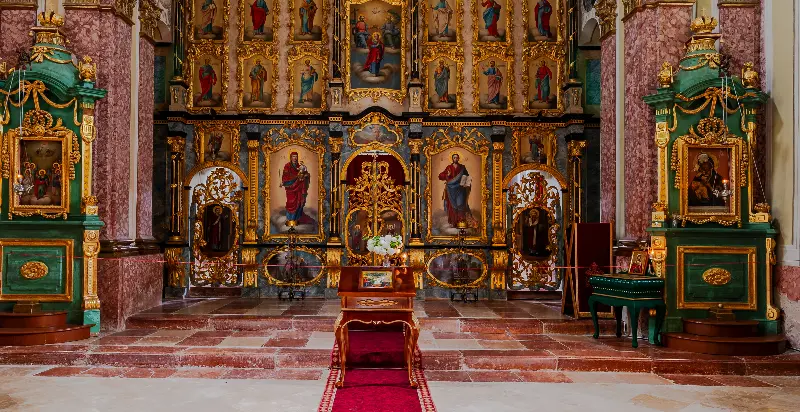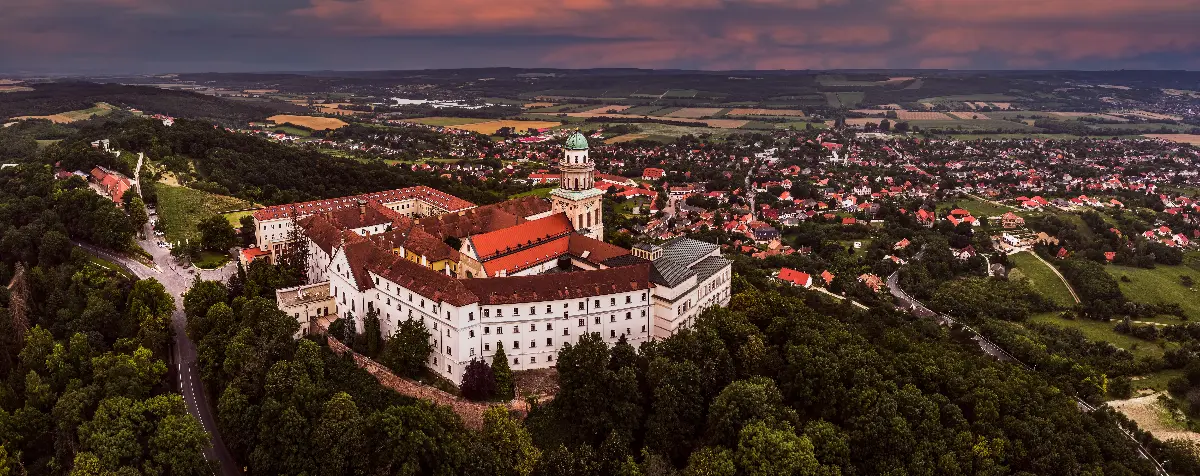
Helyszín címkék:
What Is Grown, What Is Brewed and What Is Ripened at the Abbey of Pannonhalma?
Bóday Csilla
The wine
Grape growing and oenology has been present in Pannonhalma for about the same time as the Abbey itself, about a thousand years. After the Romans, Benedictine monks continued to grow grapes on the broad, gentle, mostly sunny hills. Grape growing became the main occupation in the region. During the Ottoman campaigns and rule the Benedictines had to leave their home twice, but they returned as soon as day could, from 1639, and started to tend their vineyards, and later on they even bought several other plots. By the end of the Ottoman rule the Archabbey’s large cellar was built. In 1802, upon the restoration of the order, the monastery got back only a part of the vineyards, but they did everything to get back the territories passed into the hands of strangers while the order has been abolished. In the past century history has once more ravaged the life of the Benedictine order, but from the 2000s they look forward with renewed vigour. In 2003 the ‘Pannonhalmi Apátsági Pincészet’ (Winery of Pannonhalma Abbey) was built, later on they even opened a tasting terrace. The past two decades testify that Benedictines have a place in oenology. Their product range includes red, white and rosé wines. Everything that grows on the hills of Pannonhalma, with a bit of love in it.
The Fragrance Museum
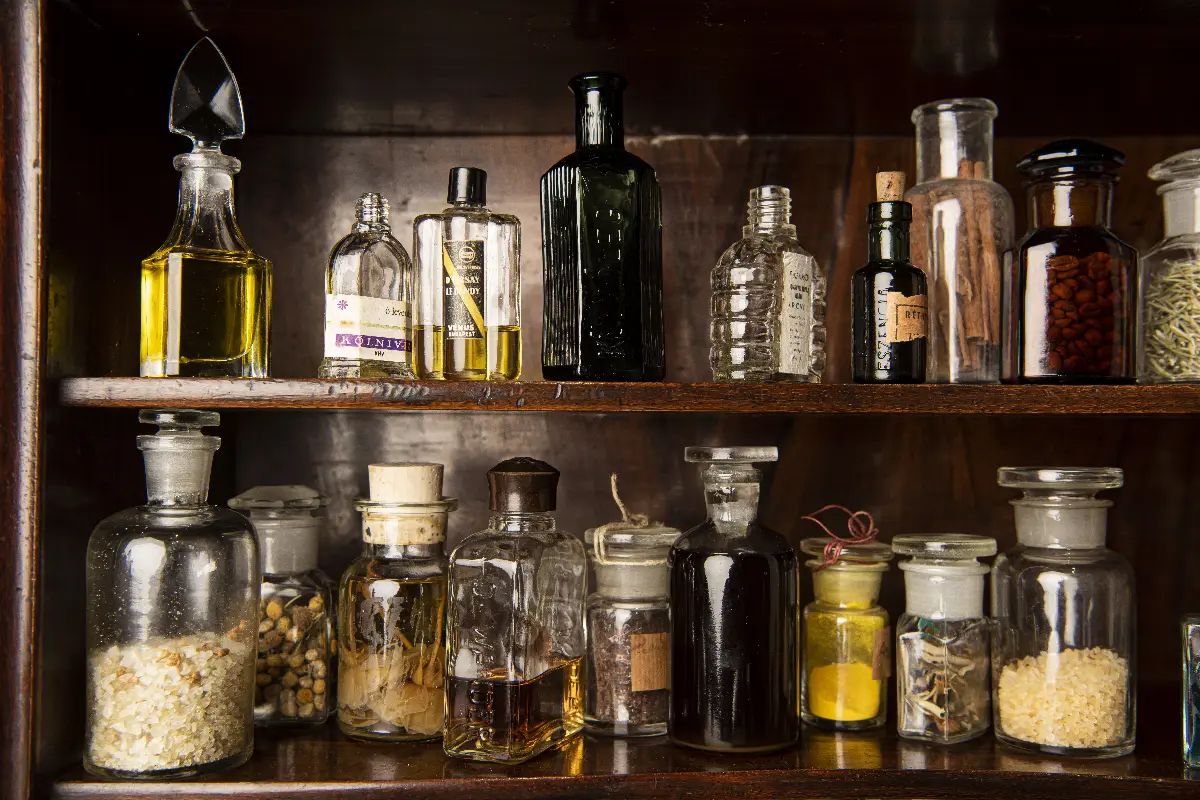
The specialty of the Fragrance Museum is that it starts with the basics. First it’s possible the see the plants and ingredients grown in the area. Next, walking through the building, the exhibition presents the distillation and the production of essential oils, and finally reaches the end product and the packaging. At the entrance the five highlighted scents of Pannonhalma welcome us: lavender, sage, thyme, lemon grass and peppermint. It’s even possible to smell them. In the upper containers we may smell the seven sacred scents: ambergris, musk, patchouli, rose, rosemary, myrrh and frankincense. These scents have accompanied the history of mankind. The monastic medical traditions of the 17th-18th century by Elek Reisch and his contemporaries are also presented. We might see several contemporary objects and tools that could have been used by them. The perfumer’s desk is like the working place of an 18th-century monk, just left behind by the owner. There are all of his tools and ingredients on the desk, used and utilised in his daily work. In the staircase we can learn about the chronological history of essential oils and perfume industry.
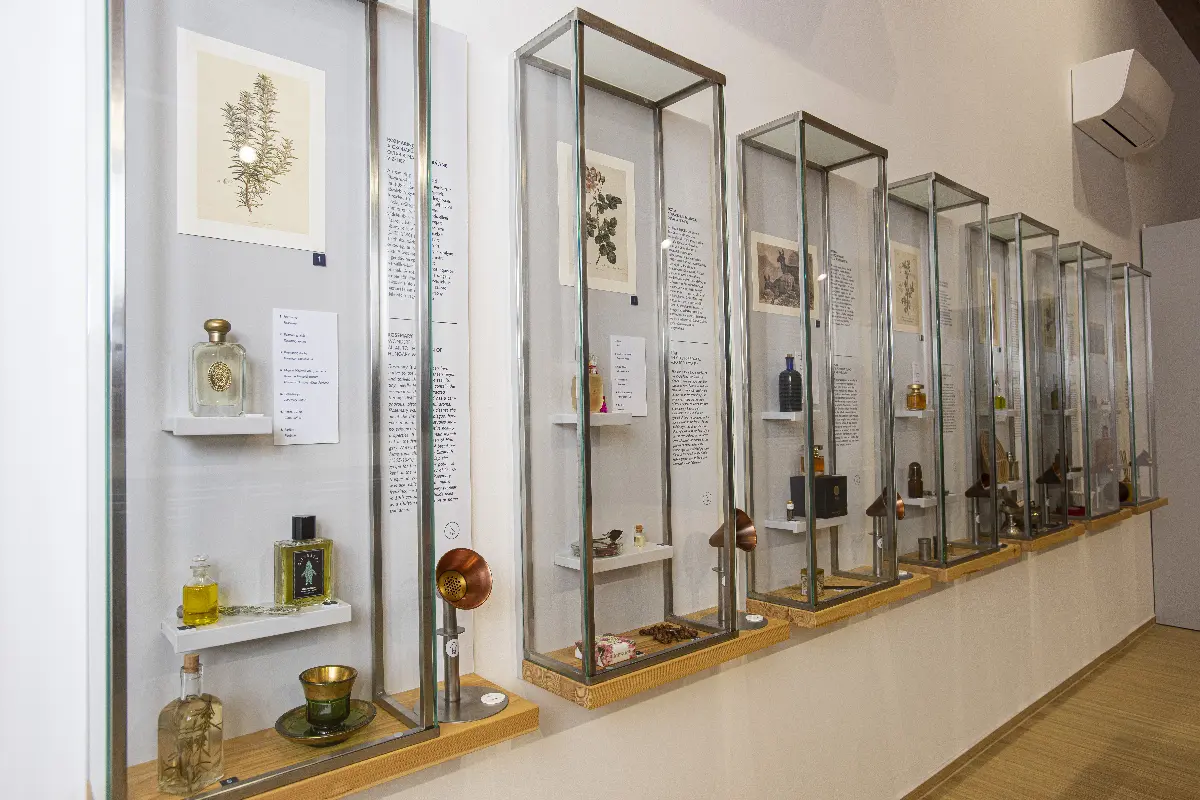
The Brewery
The visits to the Trappist abbeys had a huge impact on the members of the Benedictine order of Pannonhalma. As a first step, they could learn in Belgian brewing monasteries how to make the foamy drink. In the Pannonhalma Abbey Brewery the step by step principle was observed, first they brewed a more simple basic product, and next the started to make unique beers according to their own recipes. Belgian type top-fermented beers and abbey beers have an own portfolio. Blonde is an ale, which is a light, spicy, fruity nectar with a 5% alcohol content. The Dubbel porter has a creamier foam, with banana and raisin flavours. The 10% Tripel ale, and the stronger Quadrupel favours experienced beer drinkers. The recently created spicy wheat beer is Witbier, in which rather oriental tastes dominate, such as orange peel, coriander and chamomilla. The names were given after the basic types known from Belgium.
